Home>Garden Essentials>How To Improve Curb Appeal With Landscaping
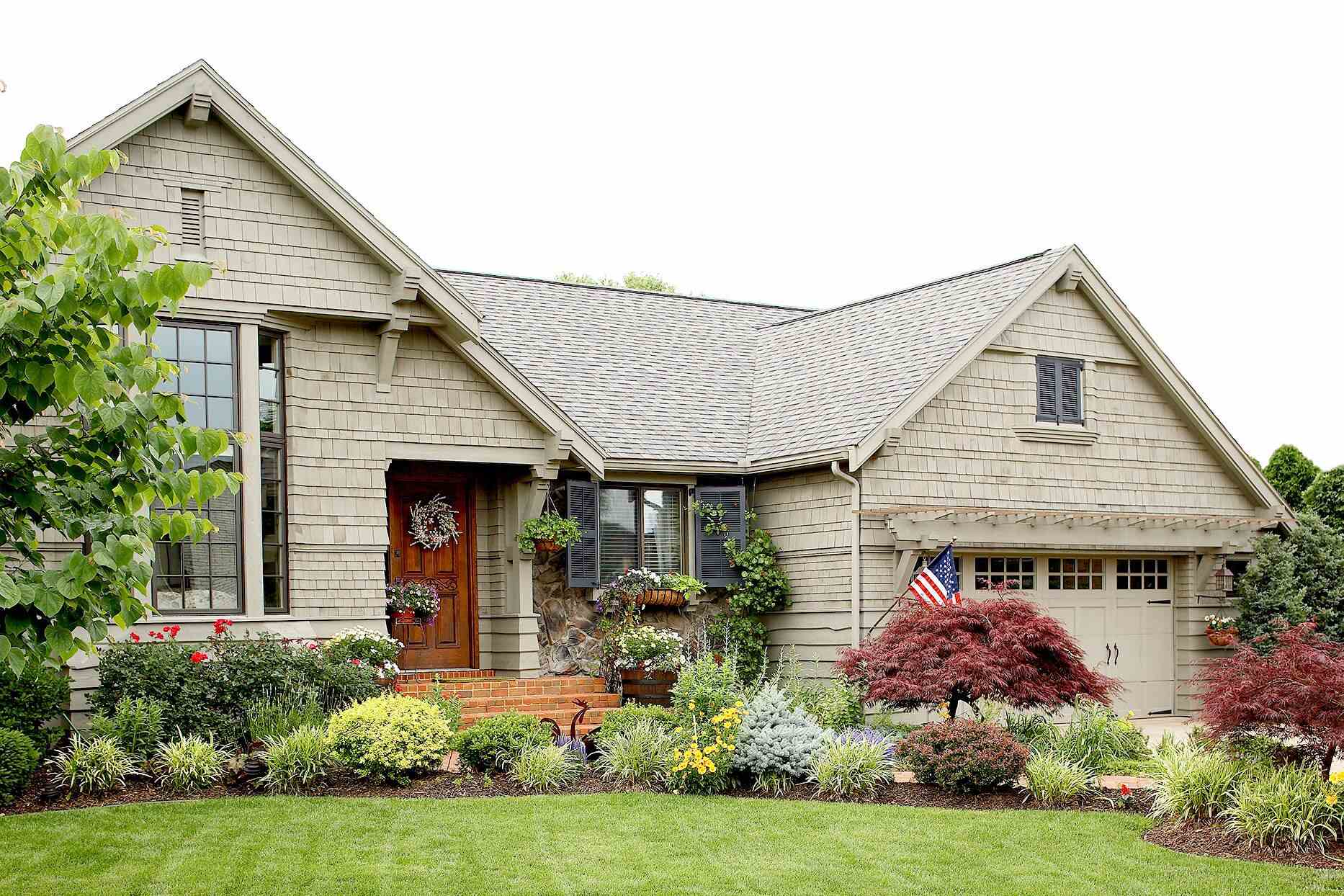

Garden Essentials
How To Improve Curb Appeal With Landscaping
Modified: March 7, 2024
Discover how to enhance the curb appeal of your property with stunning garden landscaping. Transform your outdoor space into a captivating oasis with our expert tips and advice.
(Many of the links in this article redirect to a specific reviewed product. Your purchase of these products through affiliate links helps to generate commission for Storables.com, at no extra cost. Learn more)
Introduction
Welcome to the world of landscaping! Whether you’re a seasoned gardener or a novice looking to spruce up your outdoor space, improving the curb appeal of your home is a worthwhile endeavor. A well-designed and maintained landscape not only enhances the beauty of your property but also adds value and creates a warm welcome for visitors and passersby.
In this article, we will explore some essential tips and tricks to help you transform your front yard into a stunning oasis. From selecting the right plants to designing eye-catching features, we’ll guide you through the process of enhancing your curb appeal with landscaping.
Before we dive into the details, let’s take a moment to understand the importance of curb appeal. The exterior of your home is the first thing people see when they approach your property. First impressions matter, and an attractive front yard can significantly impact the perceived value of your home. It can also reflect your personality and attention to detail.
Landscaping not only adds aesthetic beauty to your property but also has several practical benefits. It can help with temperature regulation by providing shade and insulation, improve air quality by absorbing pollutants, and reduce noise pollution through strategic plant placement. Moreover, a well-designed landscape can create a harmonious and relaxing environment for you and your family to enjoy.
Now that we understand the importance of curb appeal, let’s move on to the first step.
Key Takeaways:
- Transform your front yard into a stunning oasis by choosing the right plants, creating eye-catching designs, and adding vibrant flower beds. Regular maintenance ensures a beautiful and inviting space year-round.
- Enhance your home’s curb appeal with well-designed landscaping. From lighting to walkways, each element plays a crucial role in creating a welcoming and visually appealing entrance. Regular care ensures a beautiful and inviting front yard.
Choosing the Right Plants
When it comes to landscaping, selecting the right plants is crucial. Not all plants thrive in every climate or soil type, so it’s essential to choose varieties that are well-suited to your specific region. Consider factors such as sunlight exposure, water requirements, and the overall aesthetic you want to achieve.
Start by assessing the environmental conditions of your front yard. Is it sunny, shaded, or a combination of both? Determine the soil type – whether it’s sandy, loamy, or clay-based – as this will impact the plants’ ability to grow and flourish. Look for plants that are known to thrive in your particular climate and soil conditions.
Consider the overall theme or style you want to create in your landscape. Do you prefer a formal and structured look or a more relaxed and naturalistic vibe? This will help guide your selection of plants. For a formal garden, consider using symmetrical plantings and manicured hedges. For a more relaxed look, opt for a variety of textures and heights.
Another important factor to consider is maintenance. Some plants require regular pruning, while others are low-maintenance and can thrive with minimal effort. If you have a busy schedule or prefer a hands-off approach, choose plants that are known to be easy to care for.
It’s also a good idea to choose a mix of evergreen and seasonal plants. Evergreens provide year-round structure and greenery, while seasonal plants offer bursts of color and variety. This ensures that your landscape remains visually appealing throughout the year.
Lastly, don’t forget to consider the size of your plants at maturity. Take into account their potential height and spread to ensure they won’t overcrowd the space or obstruct views. This is especially important when selecting plants near windows or walkways.
By carefully selecting the right plants for your front yard, you can create a visually pleasing and well-balanced landscape that complements your home’s architecture and enhances its curb appeal.
Designing an Eye-Catching Front Yard
The front yard of your home is like a canvas waiting to be painted. It’s your opportunity to showcase your creativity and make a lasting impression. To create an eye-catching front yard, consider the following design elements.
Firstly, establish a focal point. A focal point draws the eye and creates a sense of visual interest. It could be a beautifully crafted fountain, a grand tree, or a unique sculpture. Choose something that reflects your personal style and adds a touch of charm to your front yard.
In addition to a focal point, strive for balance and symmetry in your design. Symmetry creates a sense of order and harmony. It can be achieved by placing planters, trees, or decorative features in pairs on either side of the entrance or pathways.
Furthermore, consider the principle of scale and proportion. Use plants and features that are proportional to each other and to the size of your home. An oversized fountain in a small yard can be overwhelming, while small plants in a large yard may get lost and lack impact. Find the right balance to create a visually pleasing design.
Adding layers and depth to your front yard can also make it visually captivating. Incorporate plants of varying heights and textures to create dimension. Use taller plants in the back to provide a backdrop and layer shorter plants in front. This creates depth and visual interest.
Another important consideration when designing your front yard is color coordination. Choose plants and flowers that complement each other and create a harmonious color palette. Consider the colors of your home’s exterior and select plants that complement or contrast with them for added visual appeal.
Incorporating hardscaping elements, such as pathways, patios, or retaining walls, can also enhance the overall design of your front yard. Choose materials that complement your home’s architecture and add interest to the landscape. Add lighting to highlight these features and create a welcoming ambiance in the evenings.
Lastly, don’t forget about the power of seasonal decorations. Switching out decorative elements and adding seasonal touches throughout the year can keep your front yard looking fresh and inviting. Consider using colorful annual flowers, festive wreaths, or seasonal décor to add charm and interest.
By considering these design elements and incorporating them into your front yard, you can create an eye-catching landscape that sets your home apart and leaves a lasting impression on visitors.
Enhancing Walkways and Driveways
Walkways and driveways are an essential part of any front yard, providing not only function but also an opportunity to enhance the overall aesthetic appeal. By giving attention to these areas, you can create a cohesive and visually pleasing landscape. Here are some tips for enhancing your walkways and driveways.
Firstly, consider the materials used for your walkways and driveways. Choose materials that complement your home’s architecture and the overall style of your landscape. Popular options include concrete, pavers, natural stone, or gravel. Each material has its own unique characteristics and can greatly impact the visual appeal of your front yard.
Next, pay attention to the layout and design of your walkways and driveways. Aim for a design that complements the shape and flow of your landscape. Curved pathways can create a more inviting and natural look, while straight lines can provide a formal and structured feel. Consider incorporating gentle curves or interesting patterns to add visual interest.
Lighting is another important aspect to consider. Properly placed lighting along your walkways and driveways not only enhances safety but also adds an elegant touch to your front yard. Install lights along the edges or use recessed lights to highlight the path and create a warm and welcoming ambiance.
To further enhance your walkways and driveways, consider adding landscaping elements along the edges. Planting flowers, shrubs, or ornamental grasses along the edges can soften the hardscape and create a seamless transition between the pathway and the surrounding landscape. Choose plants that are low-maintenance and won’t interfere with foot or vehicle traffic.
Add a personal touch to your walkways and driveways by incorporating decorative elements. Consider using decorative stepping stones, mosaic tiles, or unique patterns to create visual interest. You can also add focal points along the path, such as a small garden bed, a striking sculpture, or a water feature, to draw attention and add a touch of personality.
Lastly, regular maintenance is essential to keep your walkways and driveways looking their best. Sweep away debris, remove weeds, and repair any cracks or damages. The cleanliness and condition of these areas greatly impact the overall curb appeal of your front yard.
By paying attention to the materials, layout, lighting, landscaping, and maintenance of your walkways and driveways, you can enhance their visual appeal and create a welcoming entrance to your home.
Consider adding colorful flowers and plants to your front yard to improve curb appeal. Choose low-maintenance options for easy upkeep.
Adding Color with Flower Beds
One of the most effective ways to add vibrant pops of color and visual interest to your front yard is through the use of flower beds. Flower beds not only bring life and beauty to your landscape but also provide an opportunity to explore your creativity. Here are some tips for adding color with flower beds.
Firstly, choose a variety of flowers that bloom at different times throughout the year. This ensures that your flower beds will have continuous color and visual interest. Consider incorporating a mix of annuals, perennials, and biennials. Annual flowers offer a burst of vibrant color and need to be replanted each year, while perennials come back year after year and offer a reliable source of color. Biennials, on the other hand, have a two-year life cycle and bridge the gap between annuals and perennials.
When selecting flowers, pay attention to their bloom times, heights, and color palettes. Opt for a mix of early, mid, and late-season bloomers to ensure a constant display of color. Choose flowers of varying heights to create depth and texture in your flower beds. Consider complementing colors, such as warm and cool tones, or use contrasting colors for a bold and striking effect.
Before planting, prepare the soil by removing weeds and adding organic matter such as compost or well-rotted manure. This improves the soil’s fertility and drainage, leading to healthier and more vibrant blooms. Create defined borders for your flower beds using edging materials such as stones, bricks, or metal. This not only adds a polished look but also helps contain the soil and keep the plants in place.
When arranging your flowers in the beds, think about their growth habits and spacing requirements. Place taller plants at the back of the bed, with medium-sized plants in the middle, and shorter ones at the front. This creates a visually pleasing arrangement and ensures all plants receive adequate sunlight and airflow.
Consider incorporating foliage plants into your flower beds as well. Foliage plants, such as ornamental grasses or hostas, add texture and contrast to the vibrant blooms. They provide year-round interest even when flowers are not in bloom.
Proper watering is crucial for maintaining the health and beauty of your flower beds. Water deeply and regularly, especially during dry spells, and mulch the beds to help retain moisture and suppress weed growth. Regularly deadhead faded flowers to encourage continuous blooming and remove any diseased or damaged foliage promptly to prevent the spread of pests or diseases.
Finally, remember to regularly fertilize your flower beds to provide the necessary nutrients for healthy growth and abundant blooms. Choose a fertilizer that is specifically formulated for flowering plants, and follow the recommended application instructions.
By carefully selecting a variety of flowers, preparing the soil, arranging the plants thoughtfully, and providing proper care and maintenance, you can create stunning flower beds that add bursts of color and beauty to your front yard.
Read more: Curb Appeal Ideas, Makeovers And Photos
Creating a Welcoming Entrance with Lighting
Proper lighting can transform your front yard into a welcoming and inviting space, enhancing its beauty and functionality even after the sun sets. By strategically incorporating lighting elements, you can create a safe and visually appealing entrance to your home. Here are some tips for creating a welcoming entrance with lighting.
The first step is to assess the different areas that require lighting. Focus on key features such as the front door, pathways, and architectural elements like columns or pillars. These areas should be adequately illuminated to provide a safe and visually pleasing entryway.
Start by selecting the right lighting fixtures for each area. Consider the style of your home and choose fixtures that complement the overall architecture. From wall-mounted lanterns to pendant lights or landscape spotlights, there are numerous options available to suit different design preferences.
For a warm and inviting ambiance, opt for warmer LED lights with a lower color temperature. These mimic the glow of traditional incandescent bulbs and create a cozy atmosphere. Avoid harsh or overly bright lights that may be uncomfortable or overwhelming.
When it comes to illuminating pathways, consider installing low-level lighting fixtures along the edges. These can be placed in the ground or mounted on nearby walls or posts. This not only guides visitors safely along the path but also adds a subtle and elegant touch to your front yard.
Highlighting architectural elements with uplighting or downlighting can create a dramatic effect. For tall columns or pillars, consider using well-placed spotlights or floodlights to draw attention and create a focal point. This can add depth and dimension to your front yard and make a stunning visual impact.
In addition to functionality, lighting can also be used to enhance the overall aesthetic of your front yard. Consider using accent lighting to showcase plants, trees, or other landscape features. These can be achieved through well-placed landscape lights or uplights that add drama and intrigue to your landscape.
Don’t forget about safety lighting as well. Install motion-sensor lights near stairs, steps, or other potential hazards to provide added security and peace of mind. This ensures that anyone approaching your home can see their way clearly and avoid accidents.
Consider incorporating smart lighting options that can be controlled remotely or programmed on a schedule. This allows you to customize the lighting settings based on your preference and change them easily as needed.
Lastly, regular maintenance of your lighting fixtures is essential. Clean the fixtures regularly, replace burnt-out bulbs promptly, and inspect the wiring and connections for any signs of damage. Proper maintenance ensures that your lighting continues to function effectively and enhances the overall appeal of your front yard.
By thoughtfully selecting lighting fixtures, illuminating key areas, and considering functionality and aesthetics, you can create a welcoming entrance to your home that leaves a lasting impression on visitors.
Maintaining Your Landscape
Maintaining your landscape is essential to preserve its beauty, health, and longevity. With regular care and attention, you can ensure that your front yard remains a stunning and inviting space. Here are some key maintenance tasks to keep in mind.
One of the most important aspects of landscape maintenance is watering. Different plants have varying water requirements, so it’s crucial to understand the needs of each type of plant in your front yard. Water deeply and thoroughly, allowing the water to penetrate the soil and reach the plant’s roots. Avoid overwatering, as it can lead to root rot and other issues. During periods of hot and dry weather, increase the frequency of watering to keep your plants hydrated.
Weeding is another crucial task to maintain the beauty of your landscape. Regularly inspect your flower beds, pathways, and other planting areas for weeds and remove them promptly. Weeds compete with the desired plants for nutrients, water, and sunlight, so it’s vital to keep them in check to ensure the healthy growth of your plants.
Pruning is essential for maintaining the shape, size, and overall health of your plants. Trim away dead or damaged branches, prune overgrown areas, and shape your plants to maintain their desired form. Regular pruning encourages new growth and improves the overall appearance of your front yard.
Fertilizing is important to provide essential nutrients to your plants. Use a balanced fertilizer designed for the specific needs of your plants. Follow the recommended instructions for application rates and timing. Fertilize your plants in the spring to kickstart their growth and then again during the growing season to replenish nutrients.
Regularly inspect your front yard for pests and diseases. Look for signs of insect damage, fungal infections, or other issues that can negatively impact the health of your plants. Promptly address any problems by using appropriate pest control methods or seeking advice from a professional if needed.
Keeping your landscape clean and tidy is also a crucial maintenance task. Remove fallen leaves, debris, and any dead plant material. This not only improves the appearance of your front yard but also helps prevent disease and pest infestations.
Mulching is an excellent way to improve the health of your plants and maintain moisture in the soil. Apply a layer of organic mulch around your plants, making sure to keep it away from the base of the plants to avoid moisture-related issues. Mulch helps regulate soil temperature, retain moisture, and suppress weed growth.
Regularly inspect and maintain your hardscape features such as walkways, driveways, and retaining walls. Repair any cracks, uneven surfaces, or damage promptly to ensure the safety and longevity of these elements.
Lastly, stay up to date with seasonal maintenance tasks. In colder climates, prepare your landscape for winter by protecting delicate plants, clearing out gutters, and storing outdoor furniture. In warmer climates, prepare your landscape for the hot summer months by providing adequate watering and shade for your plants.
By making maintenance tasks a regular part of your routine, you can ensure that your front yard remains a beautiful and inviting space year-round. Your efforts will be rewarded with a landscape that thrives and provides a pleasant environment for you and your visitors to enjoy.
Conclusion
Enhancing the curb appeal of your home through landscaping not only adds beauty to your front yard but also creates a warm and inviting entrance. By following the tips and techniques outlined in this article, you can transform your outdoor space into a stunning oasis that reflects your personal style.
Start by selecting the right plants that are well-suited to your climate and soil conditions. Choose a mix of evergreens and seasonal flowers to ensure year-round color and visual interest. Design your front yard with attention to focal points, balance, and proportion to create an eye-catching landscape.
Pay special attention to walkways and driveways, using lighting to enhance safety and accentuate key features. Incorporate flower beds to add vibrant pops of color and explore your creativity. Finally, prioritize regular maintenance to keep your landscape looking its best, from watering and weeding to pruning and fertilizing.
Remember, your front yard is the first impression of your home, and it speaks volumes about your attention to detail and personal style. By investing time and effort into creating a well-designed and well-maintained landscape, you not only increase the visual appeal of your property but also add value and create a welcoming environment for both yourself and your guests.
So roll up your sleeves, put on your gardening gloves, and let your creativity flourish. Enjoy the process of transforming your front yard and take pride in the beautiful landscape you create. With a little knowledge, planning, and care, you can have a front yard that is the envy of the neighborhood and a true reflection of your passion for gardening.
Remember, your front yard is the gateway to your home – make it beautiful, inviting, and a true reflection of your personal style.
Frequently Asked Questions about How To Improve Curb Appeal With Landscaping
Was this page helpful?
At Storables.com, we guarantee accurate and reliable information. Our content, validated by Expert Board Contributors, is crafted following stringent Editorial Policies. We're committed to providing you with well-researched, expert-backed insights for all your informational needs.
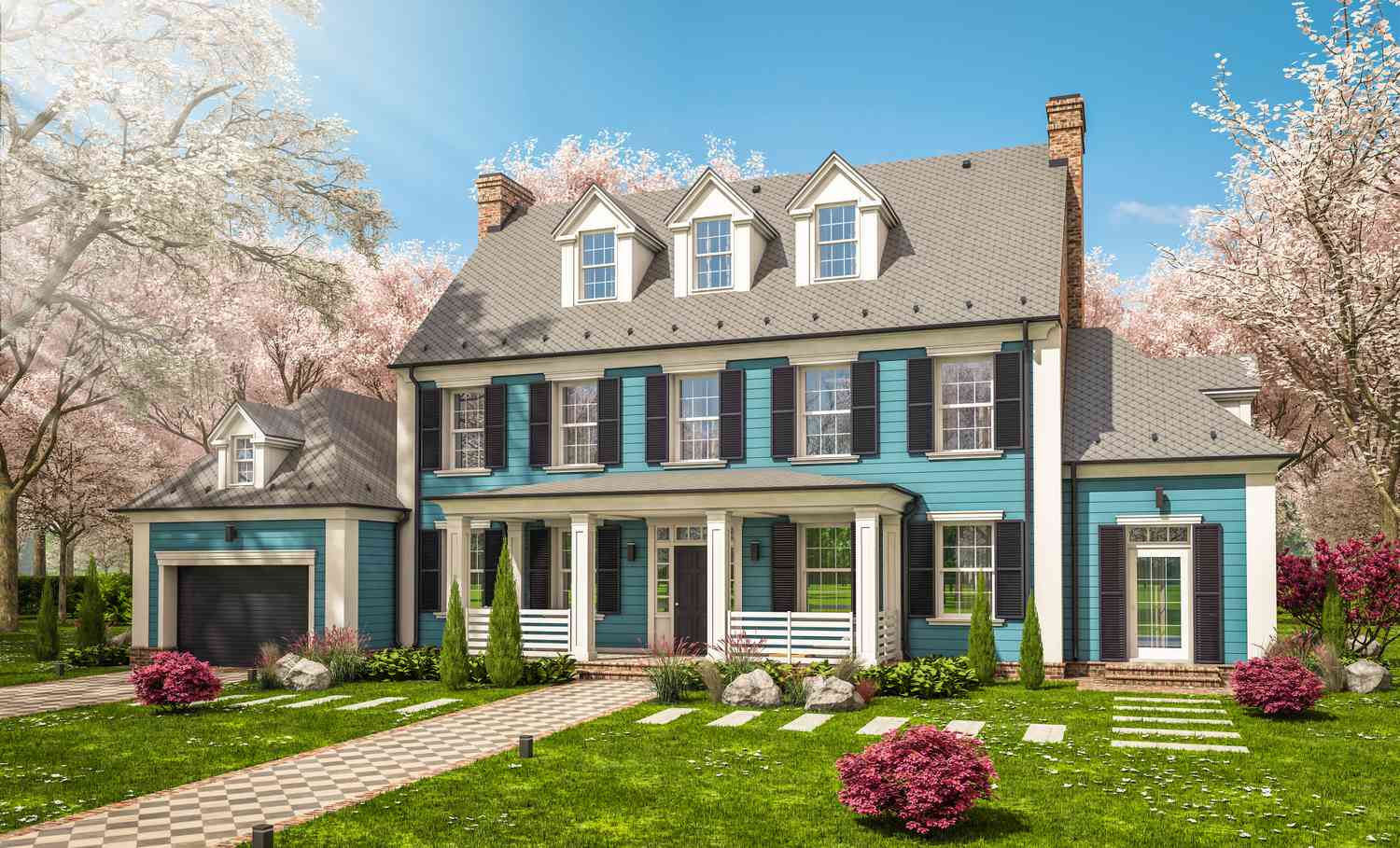
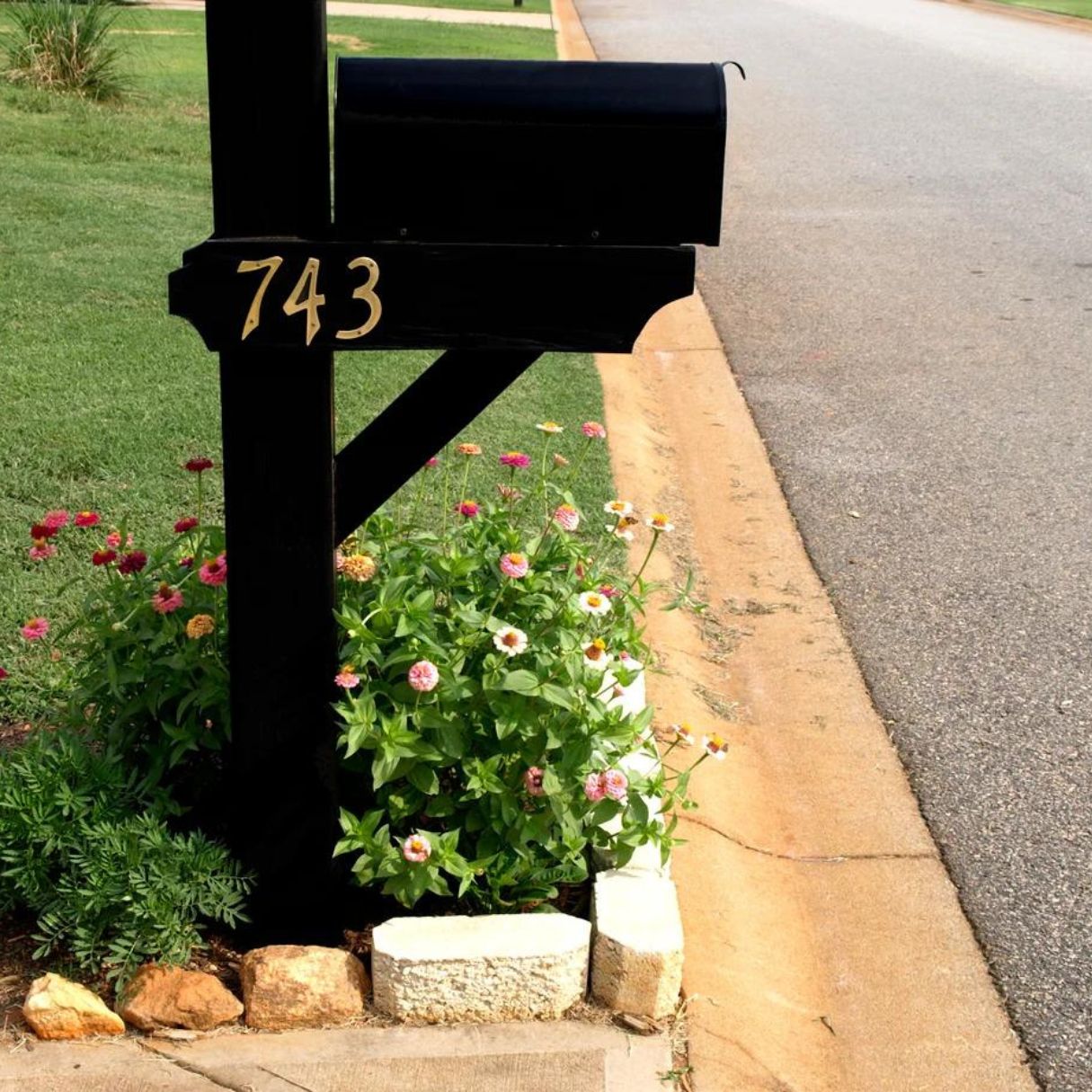
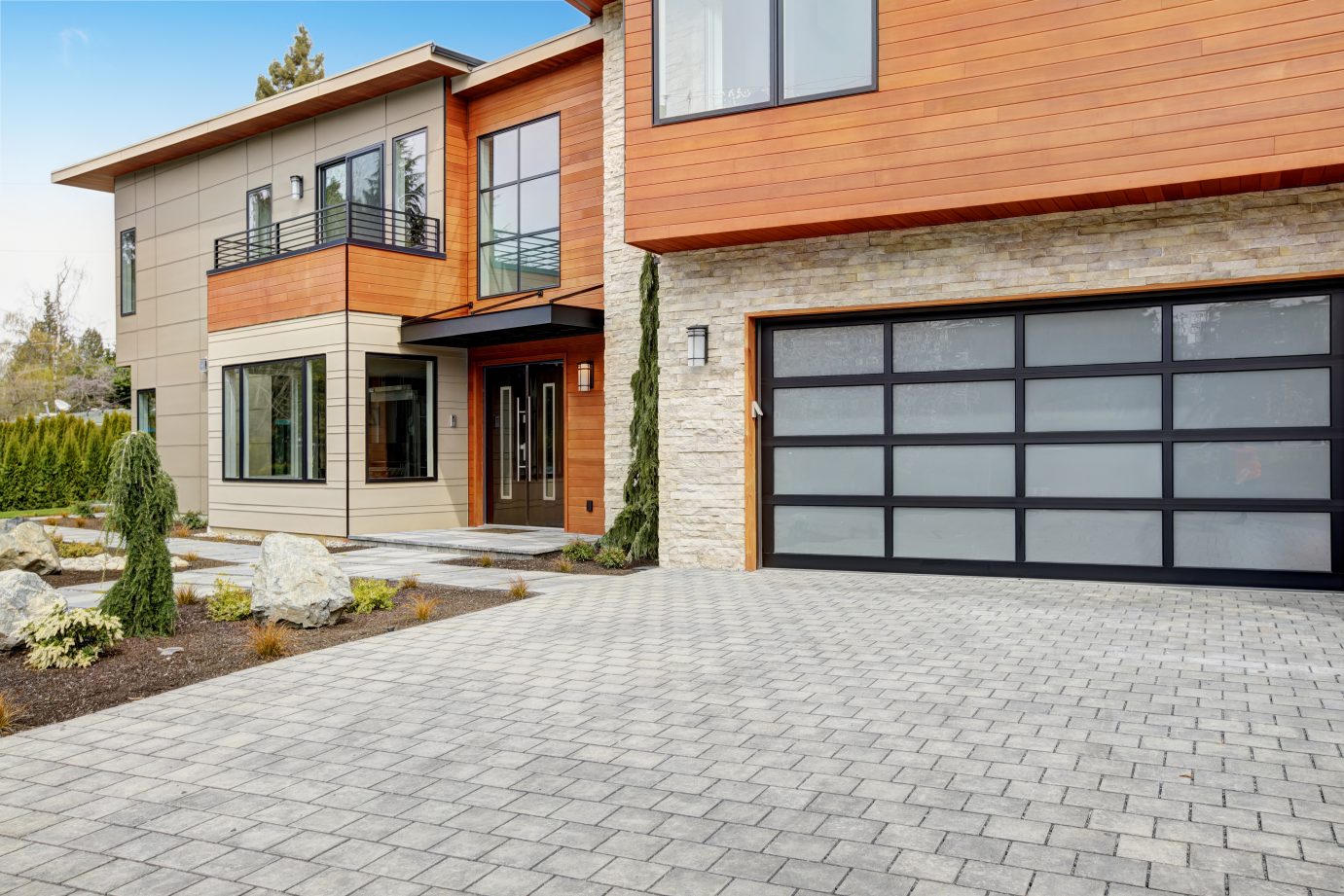
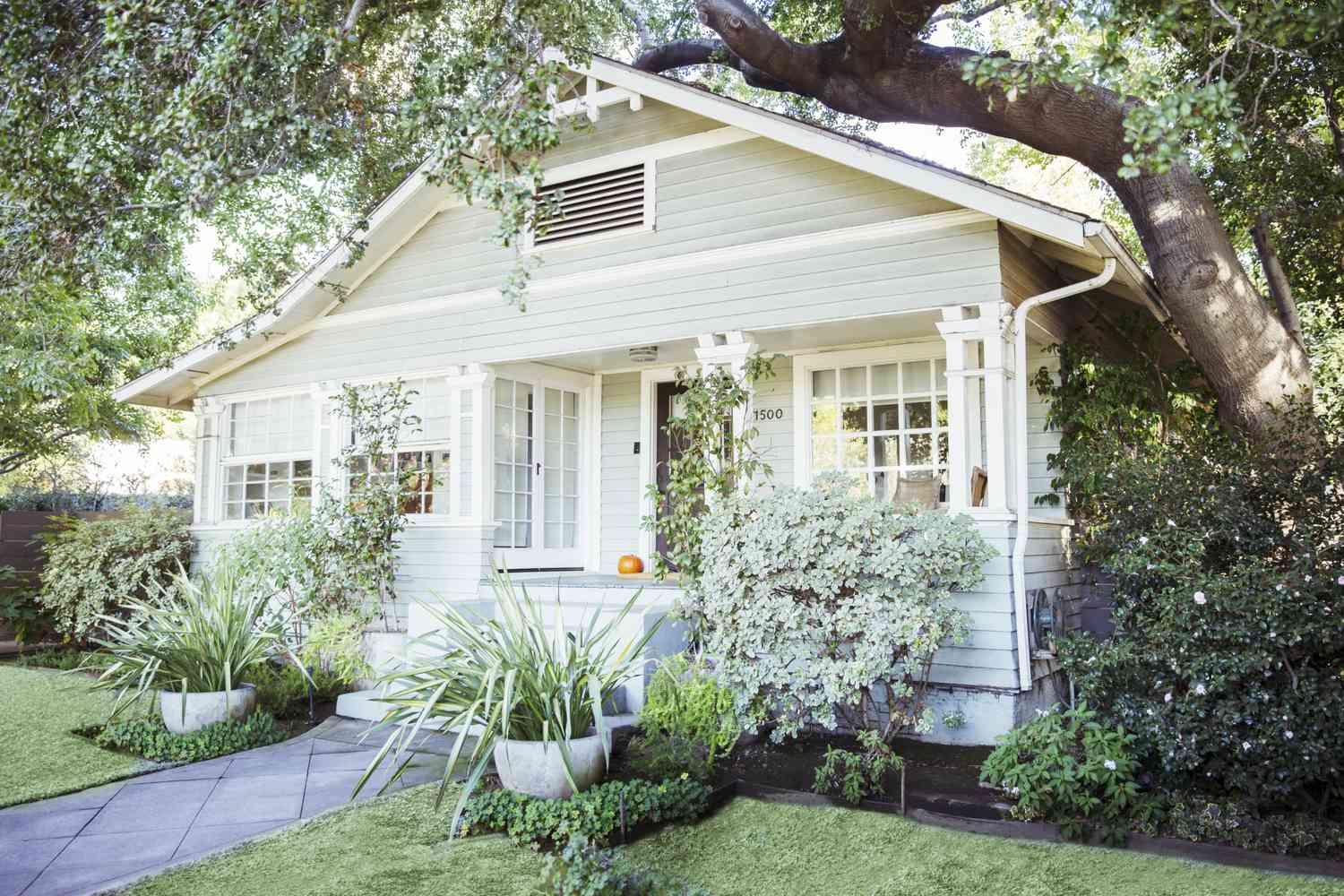
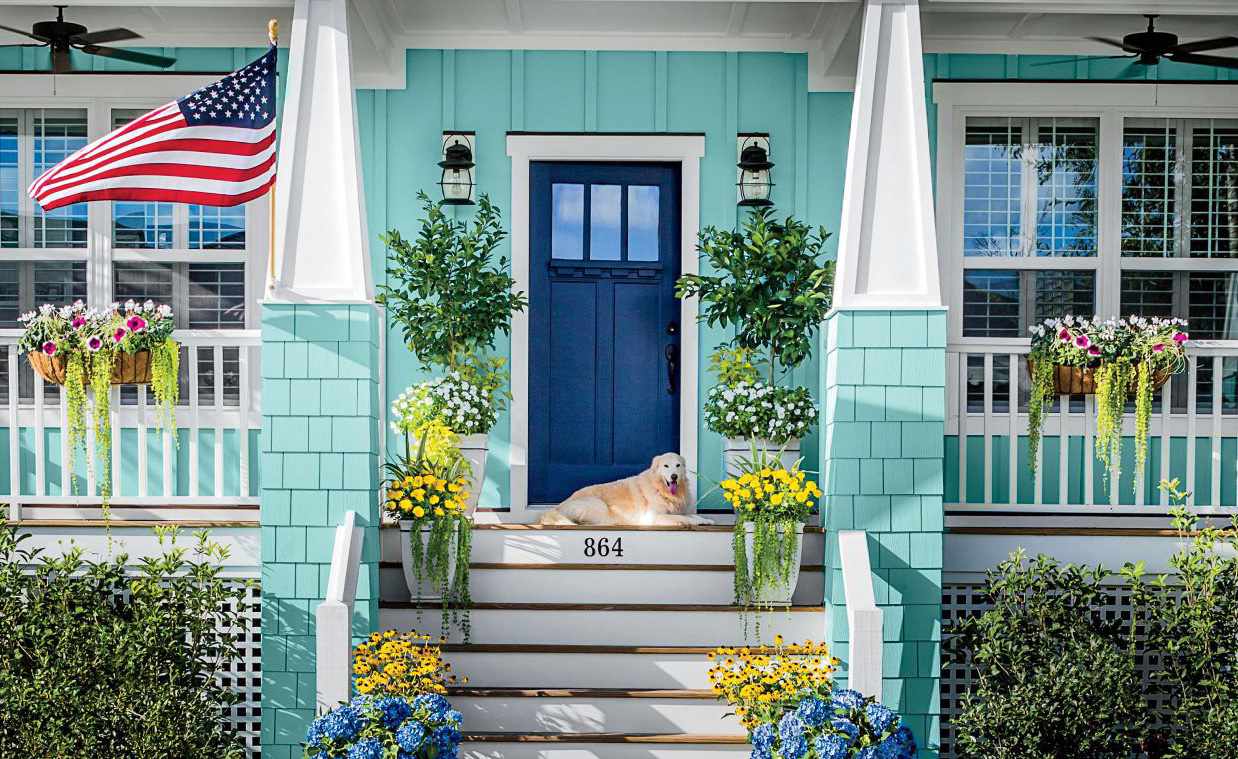
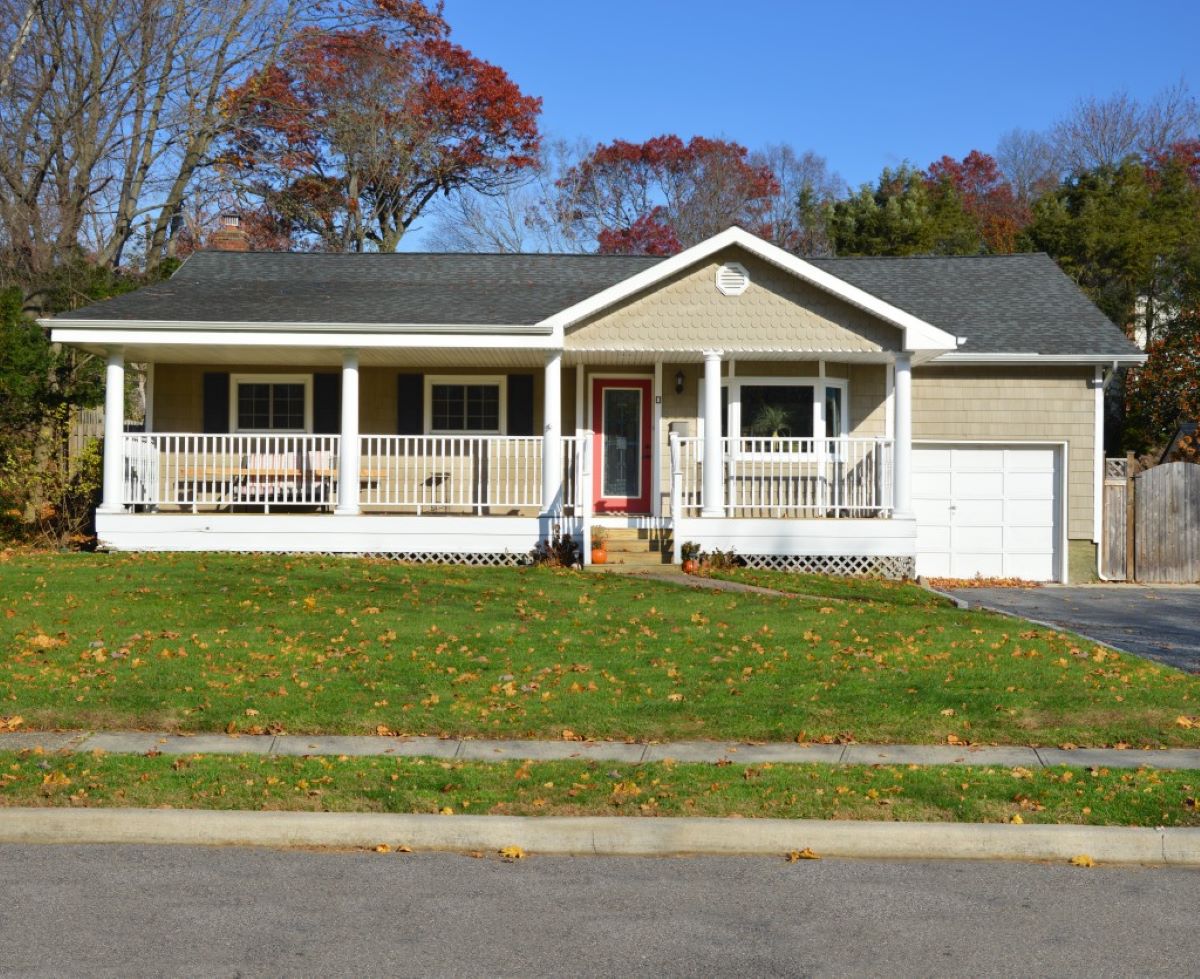
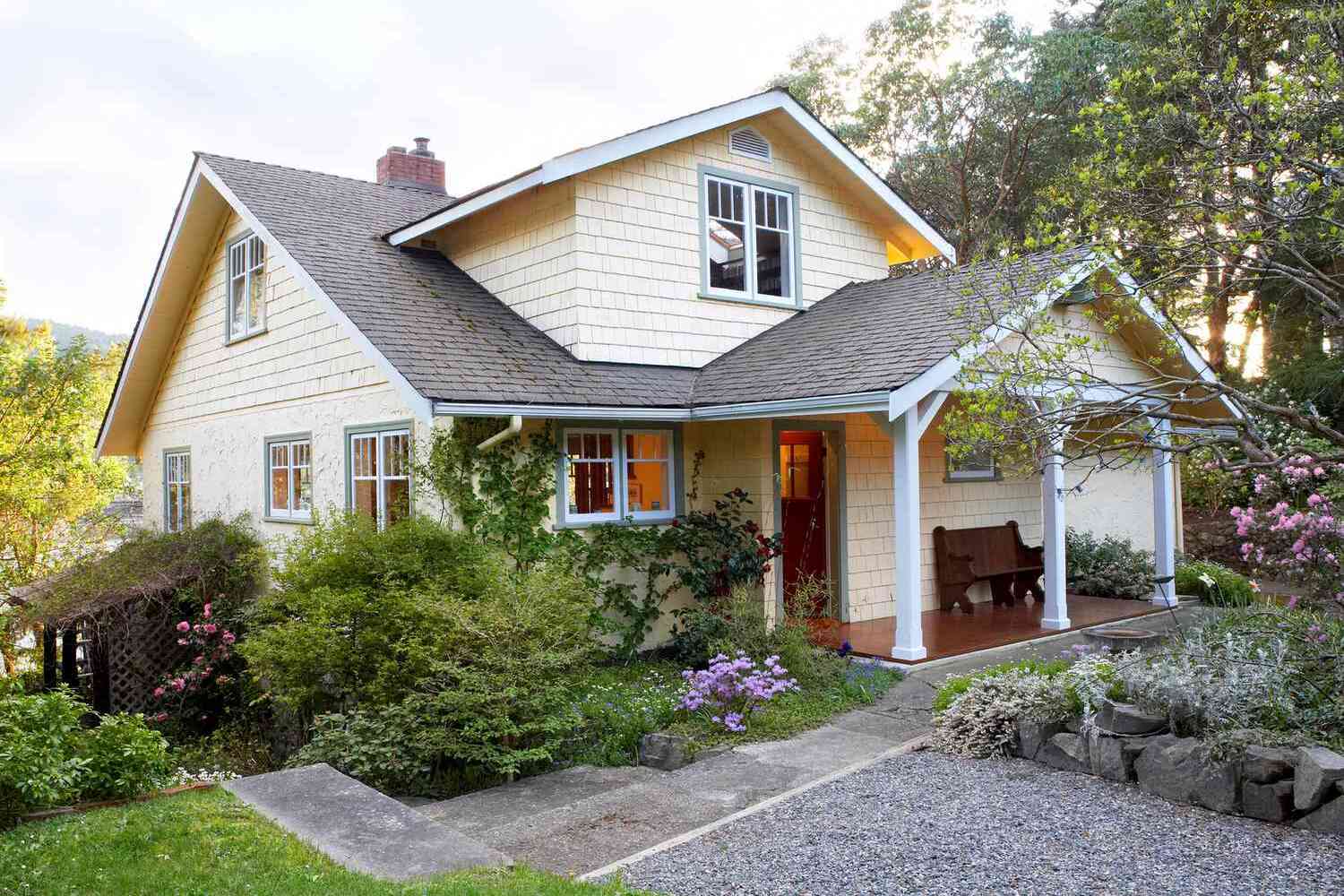
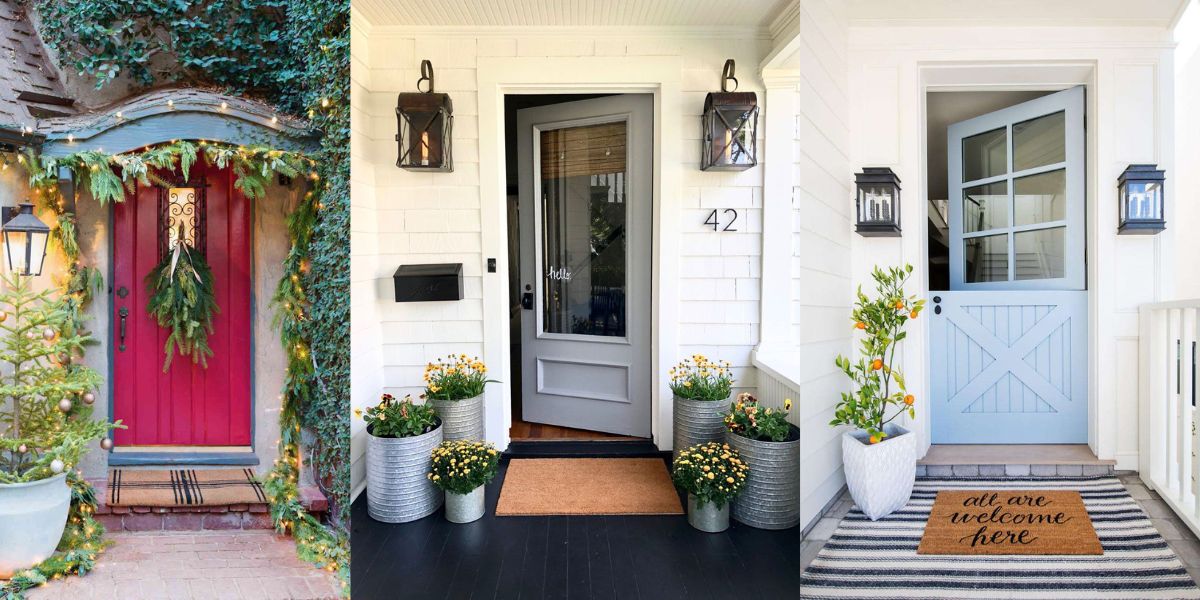
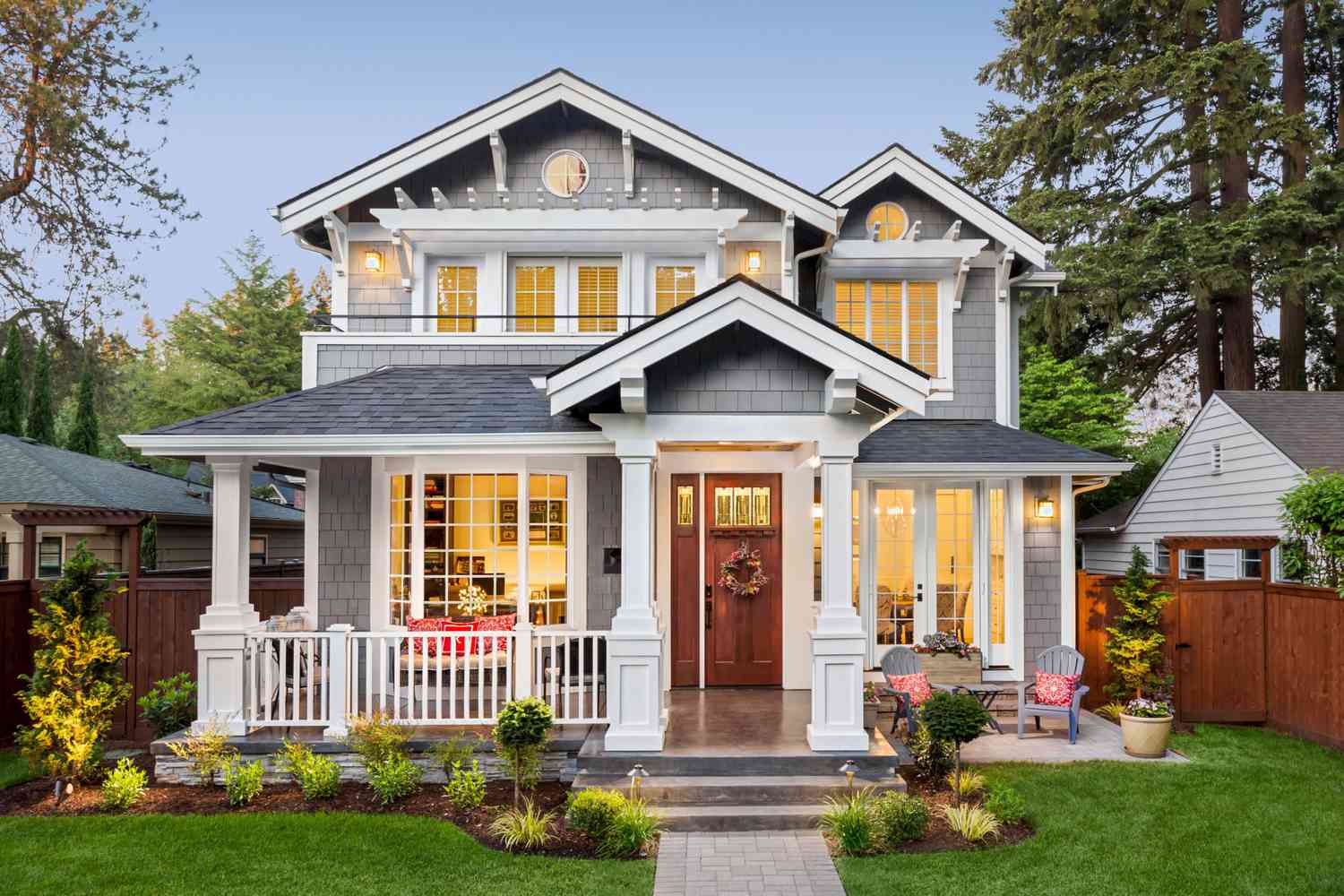
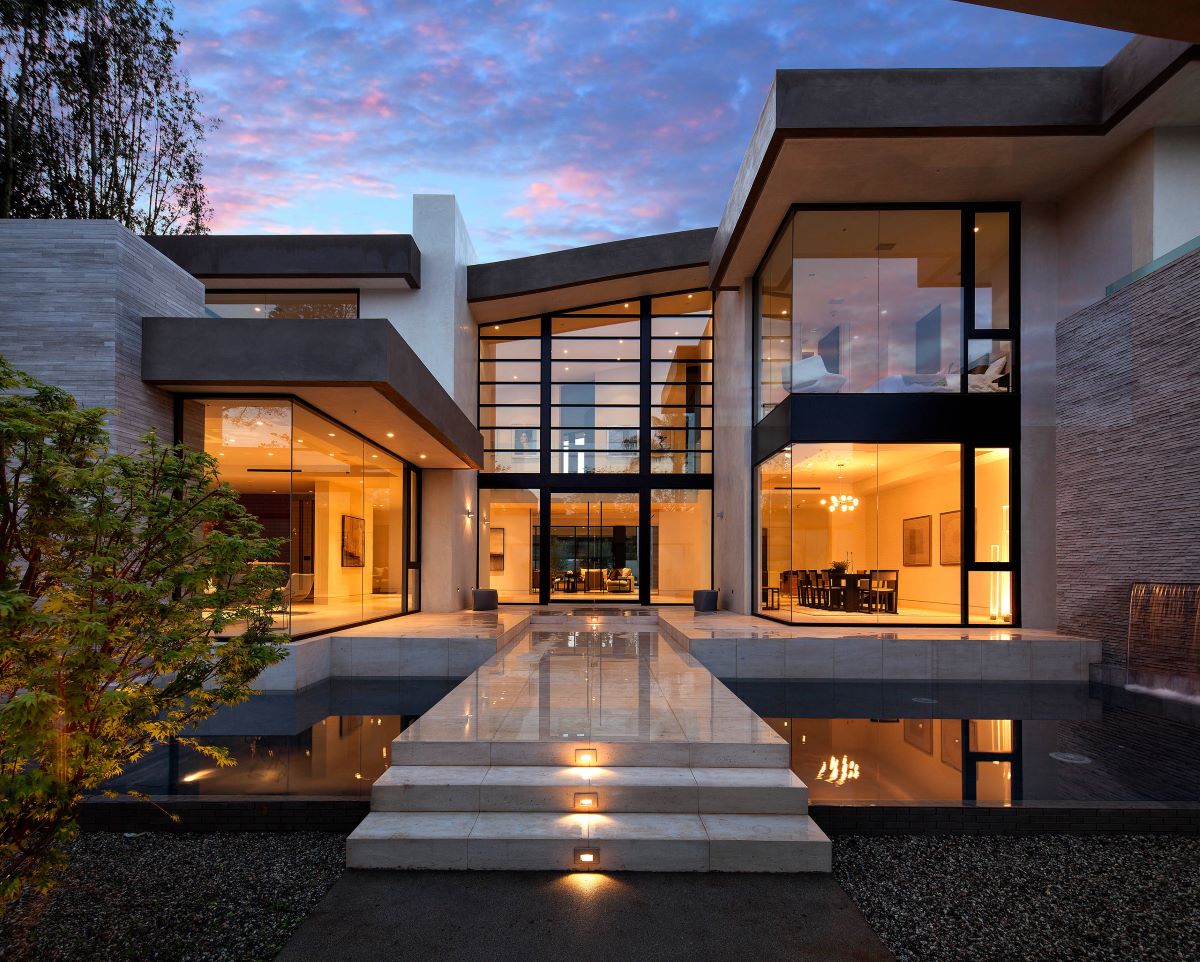
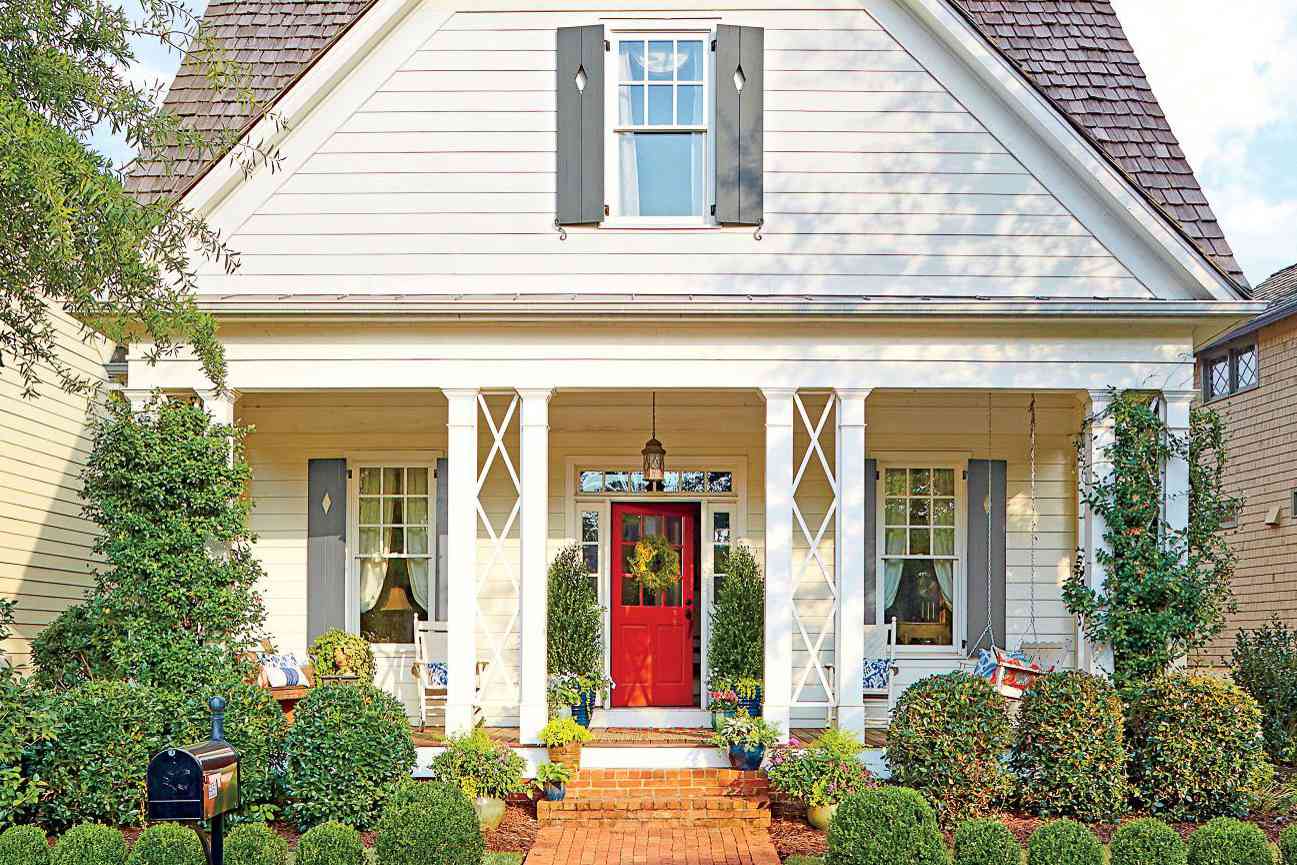
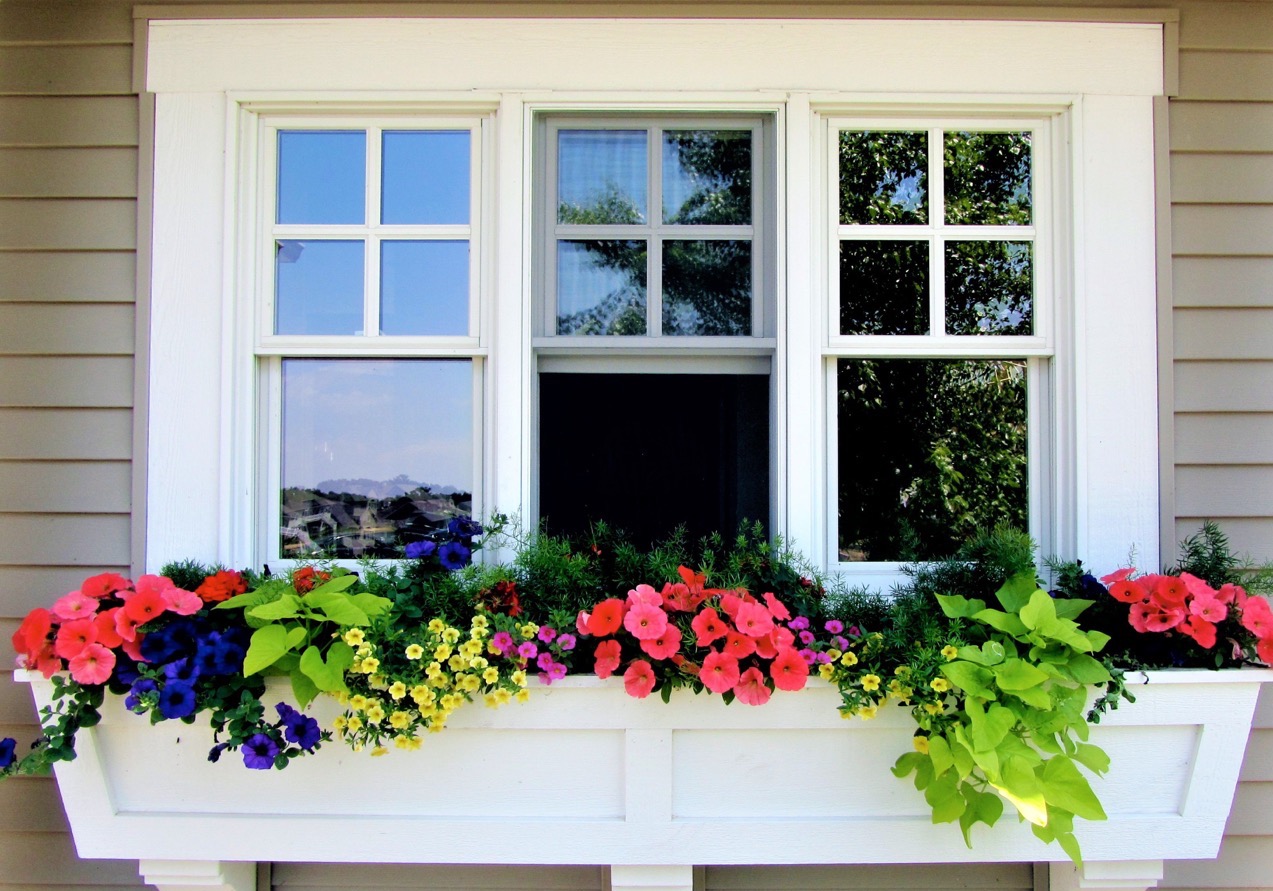
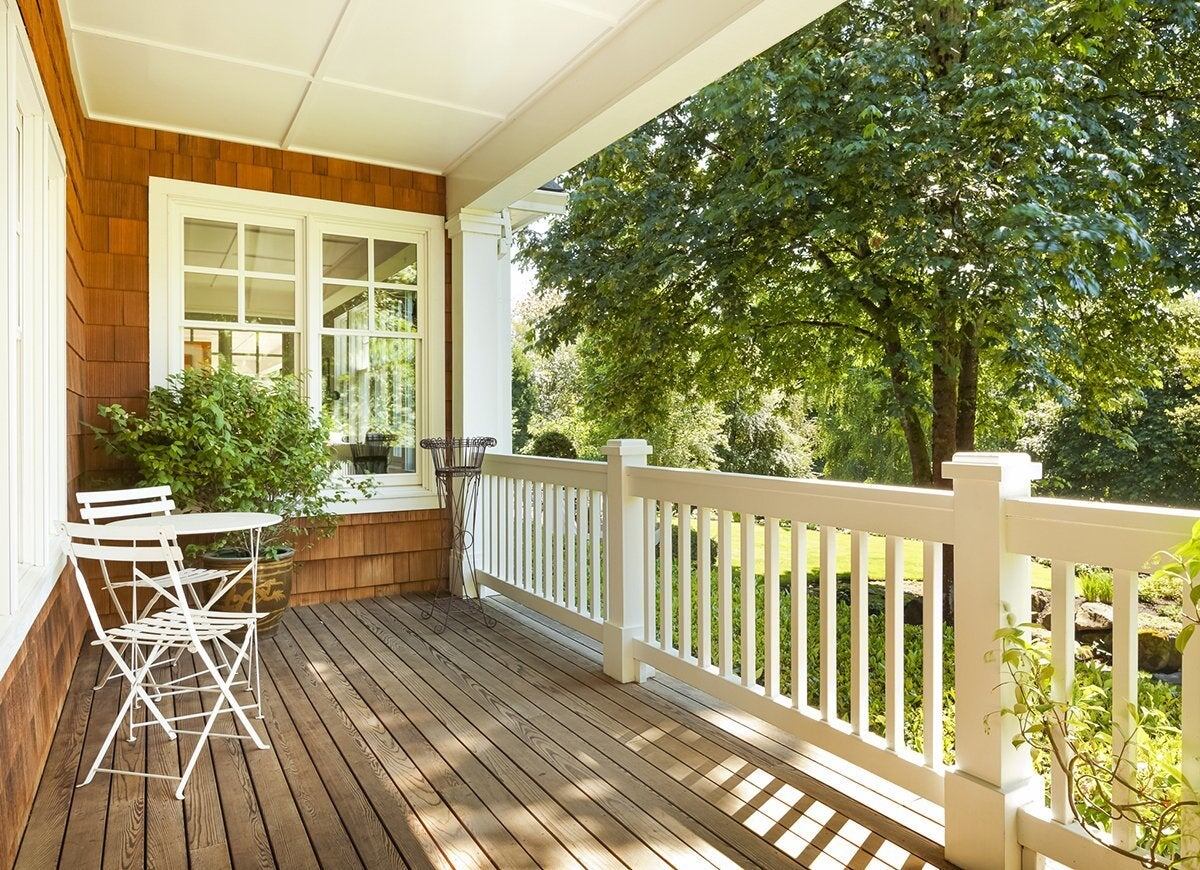
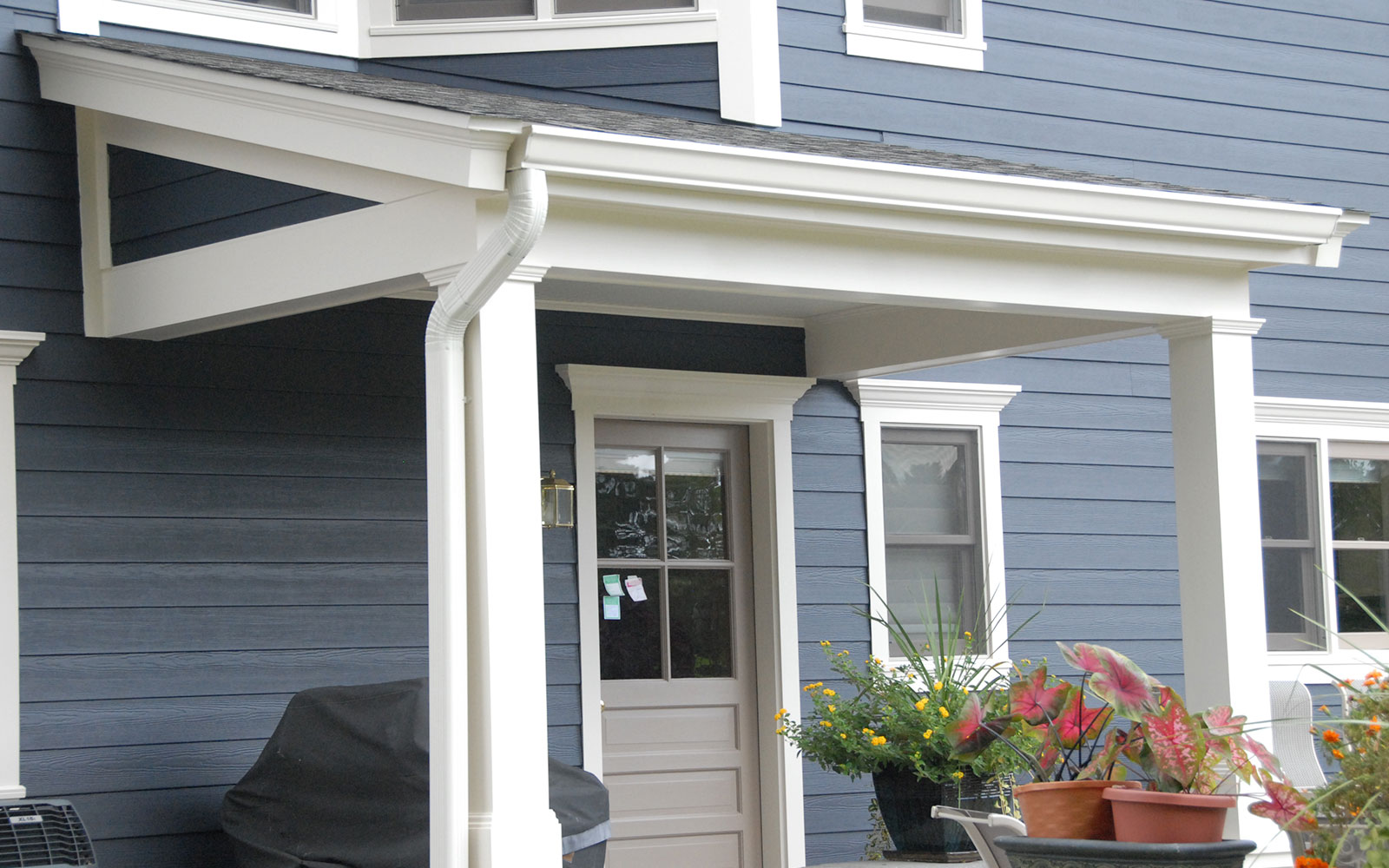

0 thoughts on “How To Improve Curb Appeal With Landscaping”